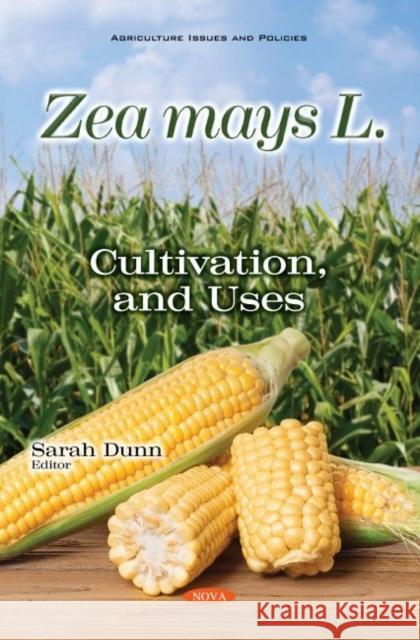Zea mays L.: Cultivation, and Uses » książka
Zea mays L.: Cultivation, and Uses
ISBN-13: 9781536191813
Zea mays L. is a potential producer of cereal crops and the dominant primary energy source of feed for monogastric animals, such as poultry. The first chapter in this book aims to determine the potential of phytase-producing endophytic bacteria, as an invisible avail for Zea mays L. High phytate levels in maize seeds is a problem encountered when used as raw material in poultry feed. The second chapter of this book focuses on the physical traits, chemical composition, and their relationship with wet-milling properties and nutritional quality parameters of maize hybrids of different maturity groups and various endosperm types (dent, semi-dent and flint). Finally, Mesoamerican cultures are generally regarded as advanced societies that, among other contributions to humanity, are known to have domesticated cultivated plants as Zea mays. Maize is one of the staple foods of the Mexican population and the practice of nixtamalization of maize seeds before Spanish conquest in 1521, is fundamental in the preparation of dough for tortillas. The last chapter examines the effect of salicyclic acid in maize bioproductivity.











